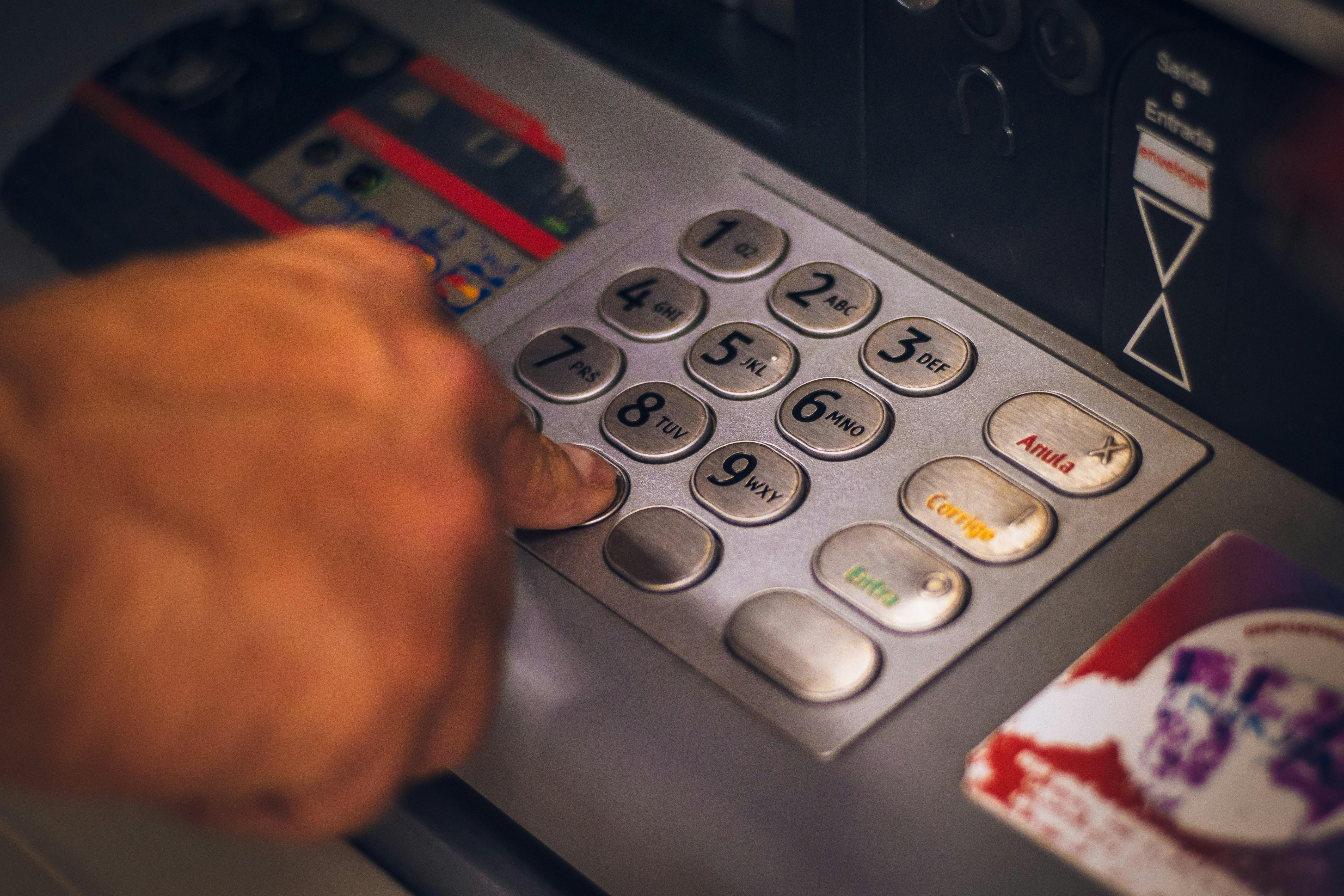
In the bustling world of personal finance, rewards programs have long been the glittering allure that banks dangle to entice customers. These programs promise a world of perks—from luxurious travel experiences to exclusive merchandise—all accessible through the accumulation of points. Yet, beneath this glittering facade, a cloud of uncertainty looms. Whispered among savvy consumers and financial gurus alike is a disquieting question: do banks devalue points programs without warning? This article embarks on an exploration of this enigmatic aspect of banking, delving into the dynamics of points devaluation, the transparency—or lack thereof—in program changes, and the implications for consumers navigating the intricate maze of financial rewards. Join us as we unravel the truth behind the shimmering promise of points and the reality that lies beneath.
Unexpected Changes in Bank Points Programs
In the ever-evolving landscape of financial rewards, consumers have grown accustomed to the allure of bank points programs, which promise to turn everyday spending into coveted rewards. However, the thrill of amassing points can sometimes be tempered by unexpected changes. Banks occasionally adjust their points programs, leaving customers to grapple with sudden shifts that may not always be to their advantage. These changes can range from alterations in redemption rates to modifications in eligible purchases, and they often come without prior notice, leaving cardholders feeling blindsided.
For those who rely heavily on these programs, it’s crucial to stay informed and vigilant. Here are some common changes to watch out for:
- Redemption Value Adjustments: A sudden decrease in the value of points can significantly affect the worth of accumulated rewards.
- Altered Reward Categories: Banks may change the categories that earn extra points, impacting how customers earn rewards.
- New Fees or Restrictions: Introducing fees for points redemption or imposing new restrictions can limit the benefits of the program.
While these changes can be unsettling, they also underscore the importance of staying informed and adaptable in managing one’s rewards strategy.

Understanding the Impact of Points Devaluation on Customers
In the complex landscape of loyalty programs, the devaluation of points can have a profound impact on customers, often reshaping their expectations and altering their financial strategies. Points devaluation occurs when the value of accumulated points diminishes, usually without any forewarning, leaving customers feeling blindsided. This sudden change can disrupt planned redemptions, diminish the perceived value of rewards, and even erode trust in the institution. As banks adjust their programs, customers may find that the same number of points yields fewer benefits, forcing them to reevaluate their spending habits and loyalty.
For customers, this shift can lead to several challenges:
- Loss of Trust: When points lose value unexpectedly, it can cause a rift in the relationship between customers and financial institutions.
- Altered Spending Habits: Customers might change their spending patterns, opting for cash-back options or alternative rewards programs that offer more stability.
- Decreased Engagement: With the uncertainty surrounding point values, customers may become less inclined to participate in loyalty programs.
Ultimately, the unpredictability of points devaluation underscores the need for transparent communication and customer-focused strategies from banks, ensuring that the value proposition remains attractive and trustworthy.
Strategies to Safeguard Your Points from Devaluation
To effectively shield your hard-earned points from unexpected devaluation, consider implementing a few strategic measures. First, it’s crucial to stay informed about the terms and conditions of your rewards program. Banks may not always provide prior notice of changes, so regularly reviewing these terms can help you anticipate potential adjustments. Additionally, subscribing to newsletters or forums focused on rewards programs can keep you updated on any industry trends or upcoming changes.
Another practical approach is to diversify your points across multiple programs. This way, if one program undergoes a sudden devaluation, you won’t face a total loss. Here are some steps to consider:
- Redeem points regularly: Rather than hoarding points, consider using them for travel, gift cards, or other available rewards. This reduces the risk of holding onto devalued points.
- Monitor promotional offers: Take advantage of limited-time promotions that offer bonus points or enhanced redemption rates.
- Utilize transfer partners: Some programs allow you to transfer points to airline or hotel partners, often providing better value.
By adopting these strategies, you can better manage your points portfolio and mitigate the impact of any sudden devaluations.

Navigating the Fine Print of Bank Rewards Programs
Understanding the intricacies of bank rewards programs can feel like navigating a maze, especially when it comes to the fine print. Banks often have the right to alter the value of their points programs, sometimes with minimal notice. This can mean that the points you’ve been diligently accumulating might not stretch as far as you anticipated. Terms and conditions are your best friend in these scenarios; they usually outline the bank’s ability to adjust points value and any notification requirements.
When engaging with these programs, consider the following tips to protect yourself from sudden devaluations:
- Stay Informed: Regularly check for updates or changes in your bank’s rewards program policy.
- Redeem Points Regularly: Holding onto points for too long can be risky if devaluation occurs without warning.
- Know Your Rights: Familiarize yourself with any customer rights or recourse options available in case of sudden changes.
While the allure of accumulating points can be tempting, maintaining an awareness of the program’s terms ensures you’re not caught off guard. Being proactive in understanding these nuances can safeguard your rewards and maximize their potential.



